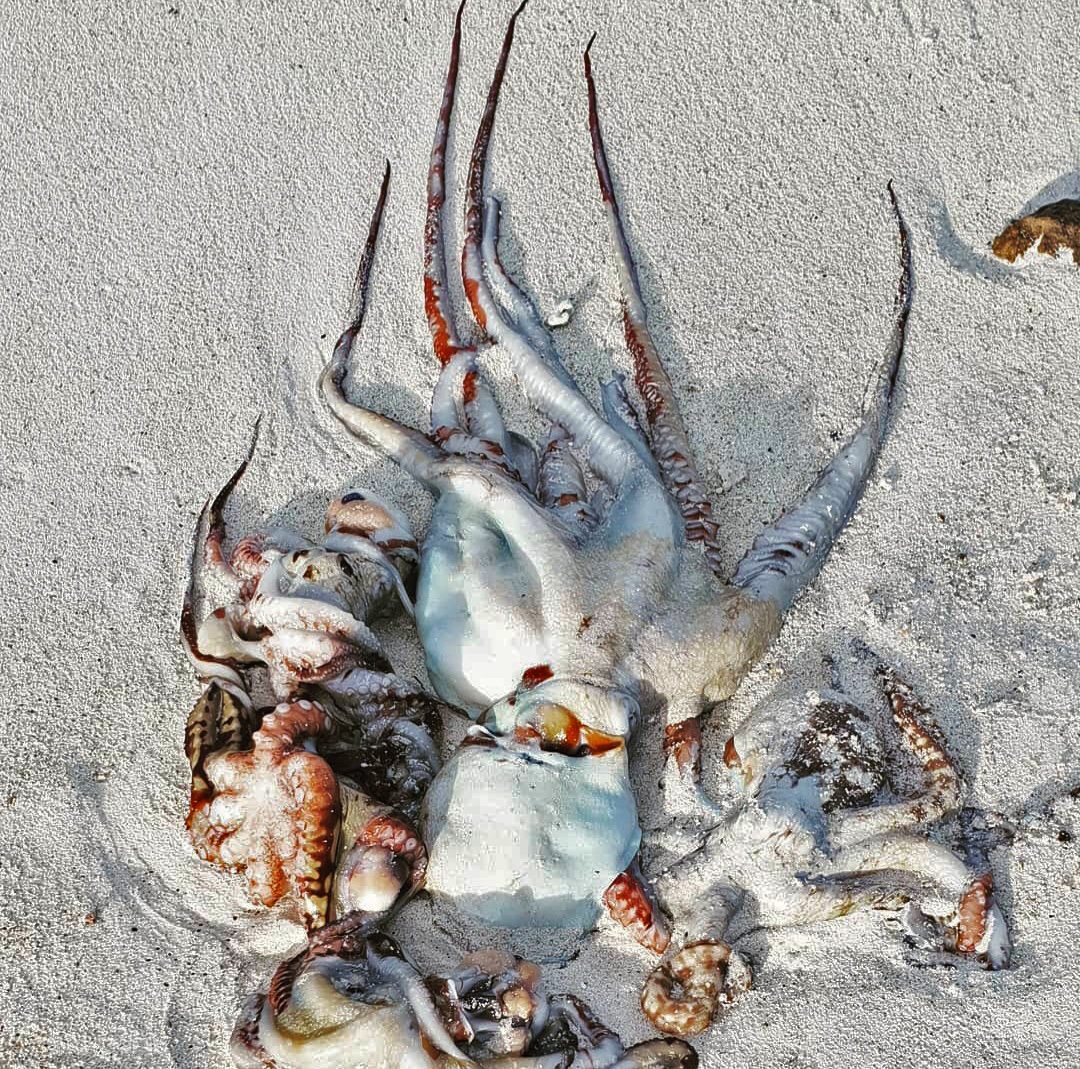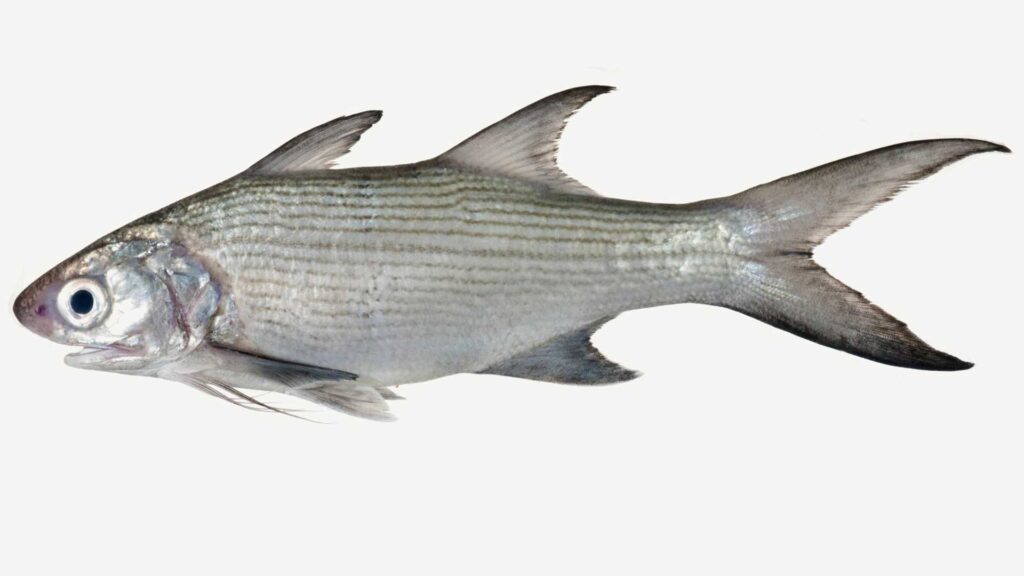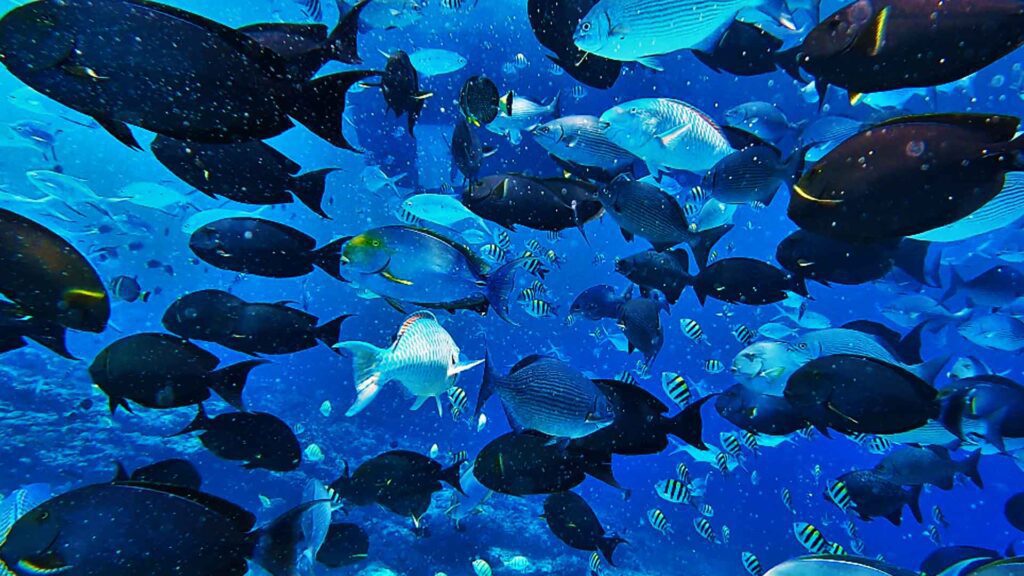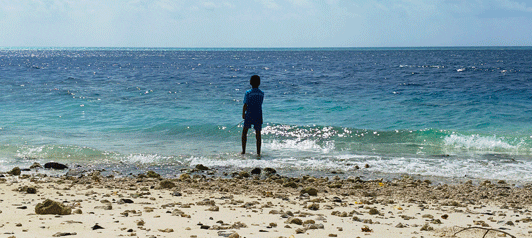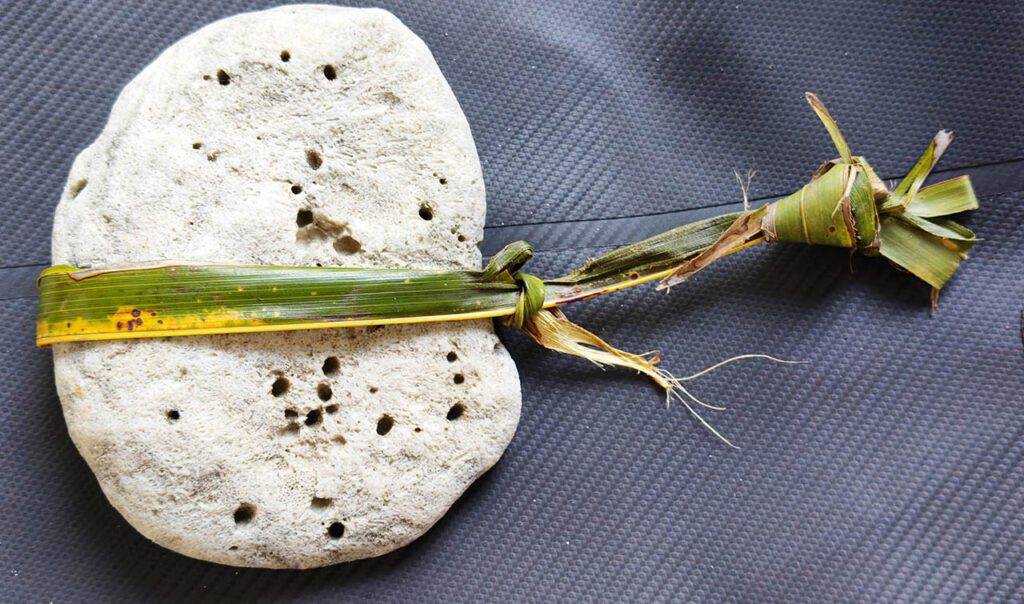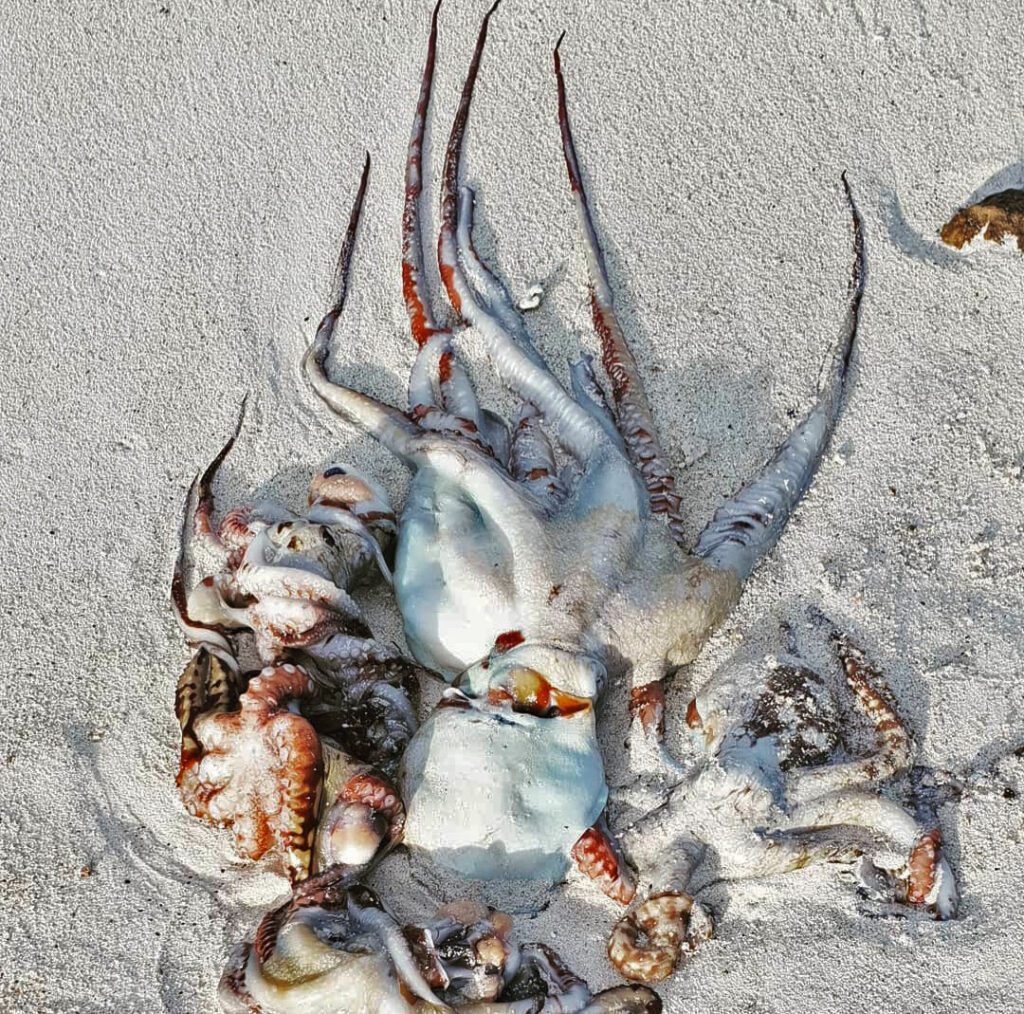
There are creepy and terrifying fishes lurking under the sea. We seek out these weird and wacky creatures for food. Lobsters may be uncanny, but their meat is delicious. Several methods are used to catch lobsters around the world, including pots, nets, spear-fishing and handline fishing.
Most of the crustaceans commonly inhabit areas where they can hide. Their favorite spots are: rocks, reefs, wrecks, mangroves, grass beds, and piers. Lobsters are nocturnal. It is most active at night. But you can catch them during daytime as well. They come out of their hiding spots and crawl around the bottom, in the holes in the reef and fore reef areas. During high tide they move towards inshore and reside in holes or craters. Weather and lighting are also factors to catch lobsters.
In our island, Fuvahmulah, for fishing lobsters, we use ‘akeraa bilhi’, meaning the size of hooks we use to catch big eyed squirrelfish. The hook sizes are: 8 and 9. People go to catch lobster normally at sunset. The fishing line used is meyvaali, a line made using cotton fiber. The strength of these lines is equivalent to the size of 30 to 40lb monofilament. The bait used is cut pieces of octopus. One of the most common places in our island where octopus fishing is conducted is on maafaromathi area, a famous reef flat area located at north-western side of Fuvahmulah.
The places where lobsters are commonly found are also called eehi baa vado – slightly deep hole-like craters on the reef and fore reef area. As the lobster fishermen reach the edge of these holes, the fishing line is dropped into the hole. Once the lobster smell or sense a bait in their territory, the lobsters move out and grab the bait with their large claws. And then they would retreat into the holes. Lobsters normally find their bait through sense of smell. Octopus is quite smelly. Therefore, it is a good bait. The crustaceans’ retreat would be felt on the fishing line. The fisherman has to be prepared to pull the fishing line up as the lobster retreats with the bait.
When the fishing line is pulled up, the lobster spreads its legs (periopods) and hangs or clings onto the surface of the holes. To pull up the creatures is really hard. Once the fishermen are sure that the lobster is hooked, they hold the fishing line tight. They make sure that no slack is given on the fishing line, as it would allow the lobster to retreat deep into the caves. The most experienced fishermen catch around 20 to 50 lobsters from a single hole. Catching lobsters may be challenging but it is a rewarding adventure.
